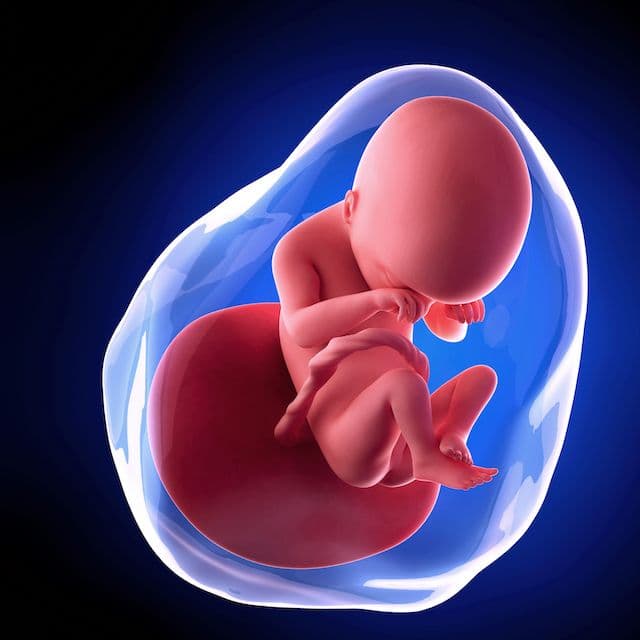19 Weeks Pregnant
Pregnancy Week by Week
Obie Editorial Team

Your baby, your body, your partner and the prenatal visit, plus tips for the 19th week of pregnancy.
Your baby
Lanugo, or fine hair, has been growing on your baby’s skin since the 15th to 16th week. During week 19, vernix caseosa starts to develop. Vernix caseosa is a thin, white covering that protects the skin from the fluid environment of the amniotic sac.
If you are pregnant with multiples, you are about halfway through the pregnancy at this point. Typical multiple pregnancies last only 38 weeks.
Your body
The abdomen is continuing to expand and in addition to ligament pain, the skin may feel a bit itchy from time to time. Skin irritation is common as the skin stretches. Stretch marks may also begin to develop at this point. Stretch marks cannot be prevented, but rubbing lotion on the skin can prevent dryness and itchiness.
At the prenatal visit
Depending on the doctor, an ultrasound could have been performed as early as the 16th week, but most physicians choose to wait a bit longer because, after 19 weeks, your baby's body parts can be seen clearer on ultrasound. By the 19th week, your baby can measure between 6 and 7 inches long and weigh up to 11 ounces. This is the perfect size for measuring and photographing.
Your partner
Although you have watched your pregnant partner experience a lot of changes physically and mentally, sometimes it takes feeling that first baby kick to fully absorb it. Once this happens you may come to the realization of becoming a parent and begin to question a lot in your mind. Remember that this is normal as having a baby is a huge, but fulfilling change.
Tips for this week
Increased blood volume, amniotic fluid, and stretching skin all require more water. Water intake is one of the most important parts of pregnancy. You should drink at least 64 ounces of fresh, clean water every day in addition to other drinks. Caffeine intake should be lessened or cut out altogether. Researchers have linked caffeine intake to problems with attention and behavioral disorders in children.
Read More











